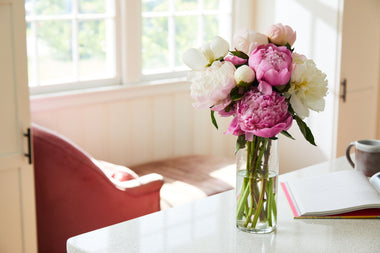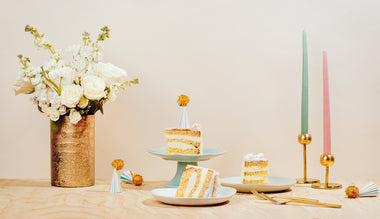News
The Perennial
Fresh Reads

Did you know that 62% of Americans prefer gifts that feel personal? Taking the extra time to make a short message from the heart can help your loved one or friend feel more appreciated on...
Read more

When someone is ill or recovering from an injury, even a small gesture can go a long way in helping cheer them up. One of the most popular ways to let someone who is sick or injured know ...
Read more

Find 100 thoughtful condolence messages to express sympathy, comfort loved ones, and offer support after loss—perfect for cards, texts, or notes.
Read more

We all deserve a little self-love every now and then. Take it from us, there’s no shame in sending yourself flowers.
When it comes to sending yourself flowers, don’t be afraid to a...
Read more

Find the best floral gifts for every anniversary. Explore traditional and modern flower ideas to celebrate each milestone with a meaningful bouquet.
Read more

Fall is a wonderful time of year to introduce some new flowers to your home. Among the season’s most popular are chrysanthemums. Lovingly referred to as the queen of the fall flowers, the...
Read more
The Ultimate Bouquet Care Guides
Now that you have your bouquet, here's a few quick tips to keeping your flowers looking pristine.
Read More
- 5 Tips for Better Bouquet CareExplore easy care techniques to keep your fall centerpiece fresh and vibrant all season long.
Read More
- Read more about 24 best flowers to send & grow this summer




